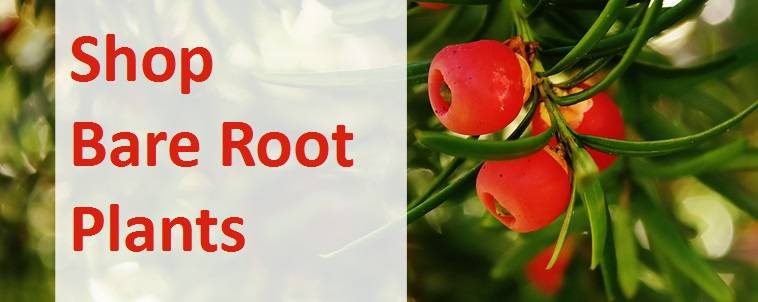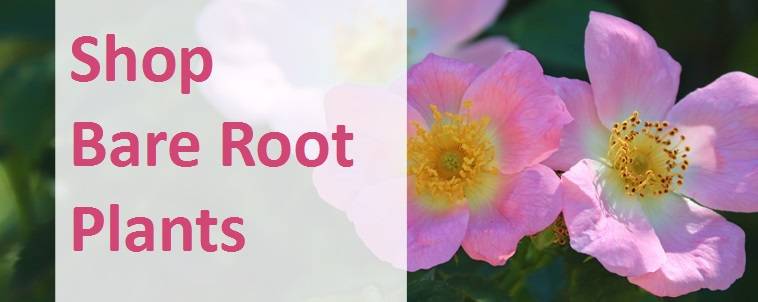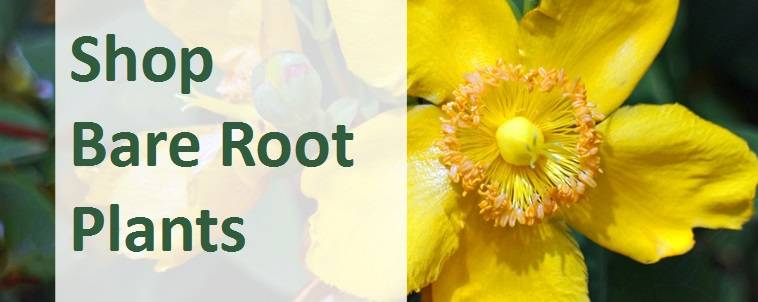Where to plant bare root plants?
Bare root plants can be grown in exactly the same site and situation as the same variety of plant grown in a container. 'Bare root' just describes how the plant is supplied - with no soil around the roots, rather than with compost around the roots in a pot. The preferred growing conditions for a given variety - including position in sun or shade and soil type - are unchanged.
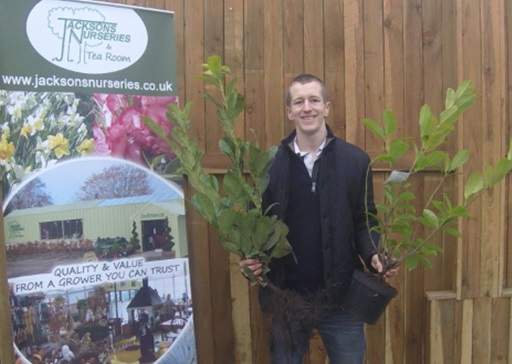
Comparison of bare root and containerised laurel plants
The factors to consider when deciding what to plant where are:
1) Aspect - whether your planting location is in the sun all day, partial or dappled shade, or full shade
2) Soil type - which can be split into:
a) Texture
b) Drainage
c) Fertility
d) pH
Careful planning and preparation before you race ahead to plant up new borders or re-plant existing plots in your garden is essential; it will help you avoid the disappointment that inevitably results if plants are thrown into a plot without any forethought.
You'll notice there is an 'At a Glance' section on the product page for every bare root plant we sell. Look out for the sections at the bottom in particular which cover Position (aspect), Soil Moisture, Soil PH and Soil Type preferences for that particular variety.
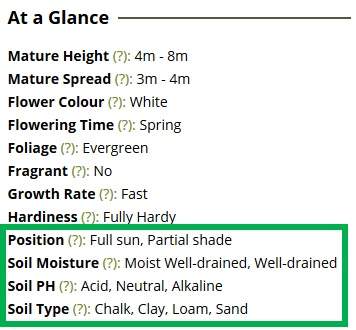
Bare root plants for full sun:
- Amelanchier lamarckii
- Berberis julianae
- Cornus alba 'Elegantissima'
- Cornus alba 'Gouchaultii'
- Cornus alba 'Sibirica'
- Cornus sanguinea
- Cornus sericea 'Flaviramea'
- Cotoneaster franchetii
- Cotoneaster lacteus
- Crataegus monogyna
- Golden Weeping willow
- Ilex aquifolium
- Ligustrum ovalifolium 'Aureum'
- Ligustrum ovalifolium
- Lonicera pileata
- Prunus laurocerasus 'Rotundifolia' (cherry laurel)
- Prunus spinosa
- Quercus robur (oak tree)
- Rosa canina (dog rose)
- Rosa rugosa (hedgerow rose)
- Salix alba
- Salix caprea
- Salix cinerea
- Sambucus nigra 'Aurea'
- Sambucus nigra
- Sorbus aria
- Sorbus aucuparia
- Viburnum opulus
- Yew (Taxus baccata)
Bare root plants for partial sun:
- Acer campestre
- Alnus incana (Grey alder)
- Amelanchier lamarckii
- Berberis julianae
- Betula pendula (silver birch tree)
- Buxus Sempervirens (box hedging)
- Carpinus betulus (European hornbeam)
- Copper Beech
- Cornus alba 'Aurea'
- Cornus alba 'Elegantissima'
- Cornus alba 'Gouchaultii'
- Cornus alba 'Sibirica'
- Cornus sanguinea
- Cornus sericea 'Flaviramea'
- Corylus avellana
- Cotoneaster franchetii
- Cotoneaster lacteus
- Crab Apple
- Crataegus monogyna (Hawthorn hedging)
- Golden Privet
- Laurel
- Lonicera pileata
- Oval Leaf Green Privet
- Mahonia aquifolium
- Purple Beech
- Quercus robur (oak hedging)
- Sorbus aria
- Sorbus aucuparia
- Viburnum opulus (guelder rose)
- Yew (Taxus baccata)
Bare root plants for dense shade:
Soil Type
Soil is easy to take for granted but an understanding of your soil type and its proper preparation are the essential foundation works for a thriving garden. Perfect garden soil, as seen in your favourite gardening programmes and magazines, does not just happen - it usually has to be created through a concerted effort.
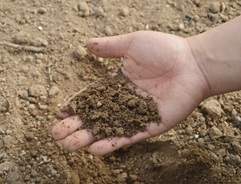
Texture and Composition
The 3 main constituents of soil are sand, silt and clay. The easiest way to test your soils composition is to squeeze a handful of soil into a ball in your palms. If it does not hold its shape, your have a very well-drained, sandy soil. If your soil does form a ball you either have clay or loamy soil. Trying to break the ball apart by exerting pressure on it with a thumb of finger will determine which is the case - if the soil breaks apart readily, you have a fertile, loamy soil. If the ball is smooth, sticky and does not easily break apart, you have a clay soil that will hold more moisture.
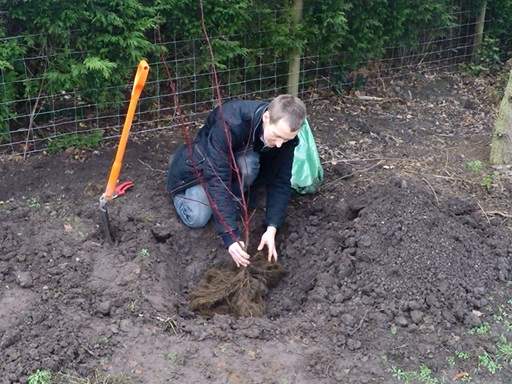
Cornus is a good choice for heavier, clay soils
Fertility - Learning from Weeds and Existing Plant Growth
There are two easy ways to gauge the fertility of your soil:
1) Consider the position and extent of weed growth on vacant or newly prepared soil in your garden
2) Assess the growth quality of existing plants in your garden to identify particular nutrient deficiencies
First Method- If weeds do not readily grow on prepared, vacant soil, the soil likely lacks nutrients and moisture and requires work. If weeds grow but with discoloured leaves or retarded growth, this implies there is a nutrient deficiency in your soil and more NPK is required. Finally, areas that harbour weeds when left unmanaged for a short space of time probably offer good moisture and nutrient levels for strong plant growth also, so no work is likely to be needed, except to keep back the weeds once you have planted!
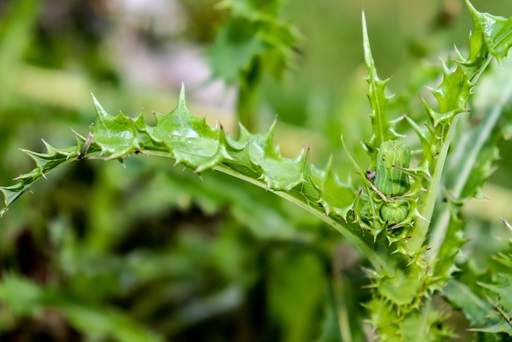
Weed growth on vacant soil is a good indication of soil fertility
Second Method - If the growth quality of existing plants is poor, a more specific indication as to which nutrient is lacking can be found by considering the deficiency symptoms:
Nitrates

Stunted growth and yellow older leaves
Phosphates

Poor roots and purple younger leaves
Potassium

Yellow leaves with dead spots
Identifying exactly which nutrients are lacking using the method above is not an exact science. However, it's not that important to get exactly right either because in almost all cases if soil is unfertile, it will lack all of the essential NPK nutrients. Most fertilisers are general purpose and contain all three nutrients so providing you follow the instructions on the packet and do not apply too much, you will not have any problems.
PH
pH measures the acidity or alkalinity of your soil. The pH of your soil will determine which plants you should choose because some plants only like pH neutral soils (pH7), others prefer an acidic soil, whilst others will only thrive in an alkaline environment. The easier and cheapest way to test the pH of your soil is to see how samples of soil react to the addition of firstly, vinegar and, secondly, baking soda (using separate samples of soil of each). The steps are as follows:
1. Obtain 2 samples of soil from your garden from 10-15cm below the surface
2. Add 50ml of vinegar to one sample. If it fizzes, your soil is alkaline
3. Add water to the second sample until the soil is very wet and muddy. Then, poor 50ml of baking soda onto the muddy soil. If it fizzes, your soil is acidic
4. If neither sample began fizzing, check both again via the addition of more vinegar and baking soda respectively. If there is still no fizzing, it means you have a neutral soil with a pH or roughly 7. This is good, as it is the pH that most plants need to thrive.
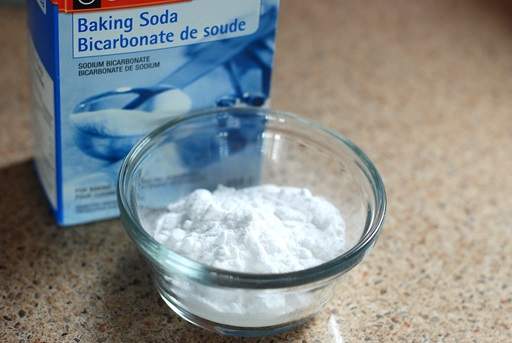
Baking soda can be used to test a soil's acidity
We generally recommend choosing plants to suit the pH of your garden soil, rather than looking to change the pH of your ground to match particular plants you like. If you must change the pH of your soil, look to use the following materials, depending on whether the soil needs to be made more acidic or alkaline:
- Limestone - neutralised acid, making it useful for raising the pH of acidic soils. Add in the autumn and follow the guidelines on the pack as overdosing can have a detrimental impact
- Pine Bark, Compost, Pine Needles or Sulphur - lower the alkalinity of the soil gradually, whilst also improving its texture.
If you are looking to change the pH of your soil you must be aware that it is an on-going job, not a one-off exercise, as continuous amendments will be required. If, for example, you plant an acid loving shrub in a naturally alkaline soil which you artificially make acidic by adding sulphur, it will only continue to thrive if you continue to add sulphur (or pine bark, compost or pine needles) at least annually. If you allow the soil to gradually revert back to its natural alkaline state again, the plant is likely to struggle.
See our separate article on 'Understanding your soil' for more information.
You can use the product filters on the right side of our bare root plants page to filter multiple criteria (e.g. position and soil type) at the same time to find the ideal plant for your site and situation.
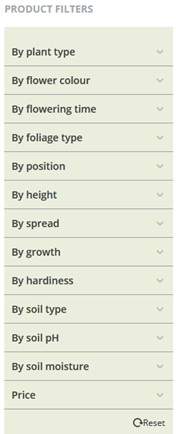
Share this page:

